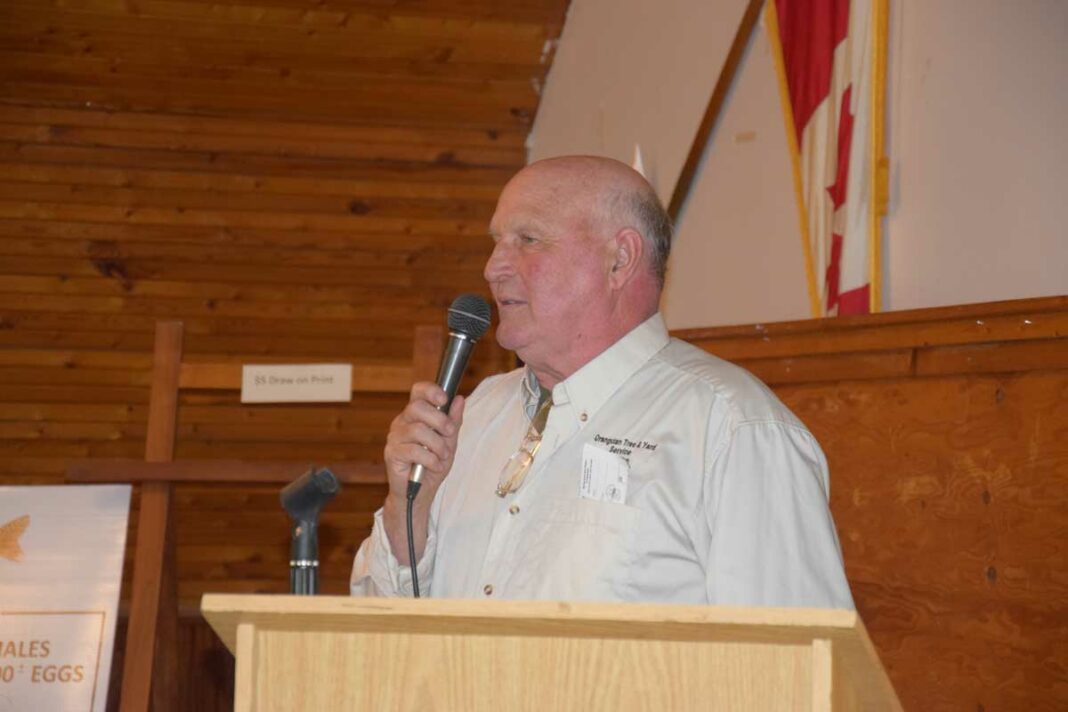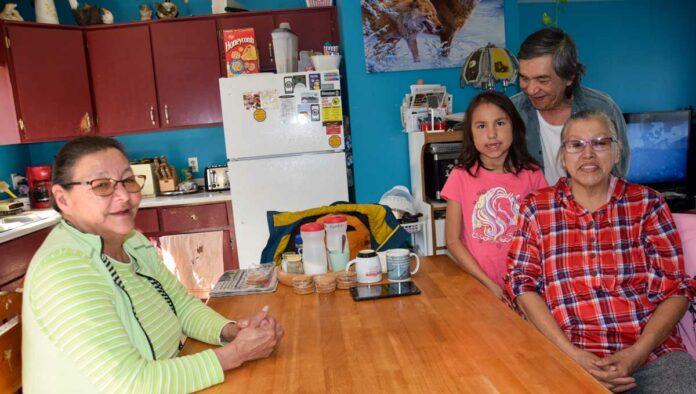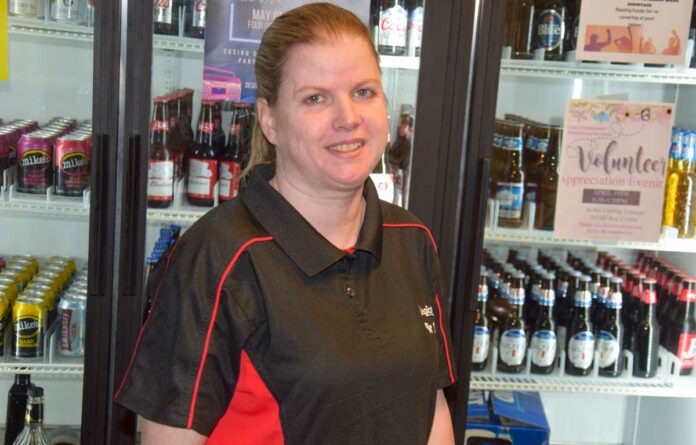by Michael Erskine
SHEGUIANDAH—Lou Shortt of Sheguiandah’s very first volunteer effort was as an assistant boy scout leader back in 1974, and he hasn’t looked back since, today helming the Little Current Fish and Game Club (LCFGC) as president.
“I’ve coached baseball and hockey, been the president of several different associations,” he said, noting that he often works in tandem with his wife Julie. “We have always followed the kids,” laughed Mr. Shortt. Like many parents, the Shortts have stepped up to help administer children’s activities such as sports associations their children were involved in. “Wherever there was something that needed to be done, Julie and I worked at it,” he said. “It helped fill the days.”
“I used to be a fanatical fisherman,” said Mr. Shortt, “then the kids came along and your aim changes, so I kind of fell off of the fish wagon.”
“When we first came to the Island, we got invited to what was then the wild game dinner,” recalled Mr. Shortt. “We thoroughly enjoyed it.”
“I joined the club and helped out here and there,” he said. “Around four or five years ago, I started getting involved in the river watch.” The river watch is a patrol of club members and local Indigenous elders who stand guard over Bass Creek through the night during the spring spawn in order to dissuade poachers.” The river watch volunteers are currently getting organized for the coming run.
“Then we have the education program with Island Grade 4s,” said Mr. Shortt. “That will be starting up in about three weeks’ time. We talk to the students and try to get them interested in conservationism.” As part of the LCFGC education program, youth not only get to see how the fish hatchery at Bass Creek works and learn about a host of conservation projects they can take part in, but each also receive their very own fishing rod.
One of the biggest concerns with the club right now is the prevalence of netting during the spawning season, noted Mr. Shortt. The issue is tremendous, especially when it comes to small, inland lakes, but is also being felt on the big water as well.
“If you net on a small lake, like Bass Lake or Pike Lake, you clean out the lake in no time,” he said. “But if you only fish with rod and reel, you will never fish the lake out.”
The impact of netting on LCFGC’s hatchery program is significant, noted Mr. Shortt. “Up to about four or five years ago, you could shine a flashlight out over Sheguiandah Bay and see thousands of (walleye) white eyes shining back at you,” he said. “The last five years there has hardly been anything at all. Last year there were only 10 pairs.”
The fry the club rears cannot be placed in inland lakes, noted Mr. Shortt. “All walleye have VHS (viral hemorrhagic septicemia). The virus doesn’t hurt people, but we don’t want it to spread to inland lakes.” VHS affects walleye, yellow perch, muskellunge, smallmouth bass, rock bass, chinook salmon, black crappie and white bass, as well as a host of bait fish. Lakes with the virus include Lake Ontario, Lake Erie, Lake Simcoe and Lake Huron.
LCFGC is doing very well but is always open to new members, said Mr. Shortt, who encourages anyone with an interest in conservation and/or sports fishing to reach out to the club.





